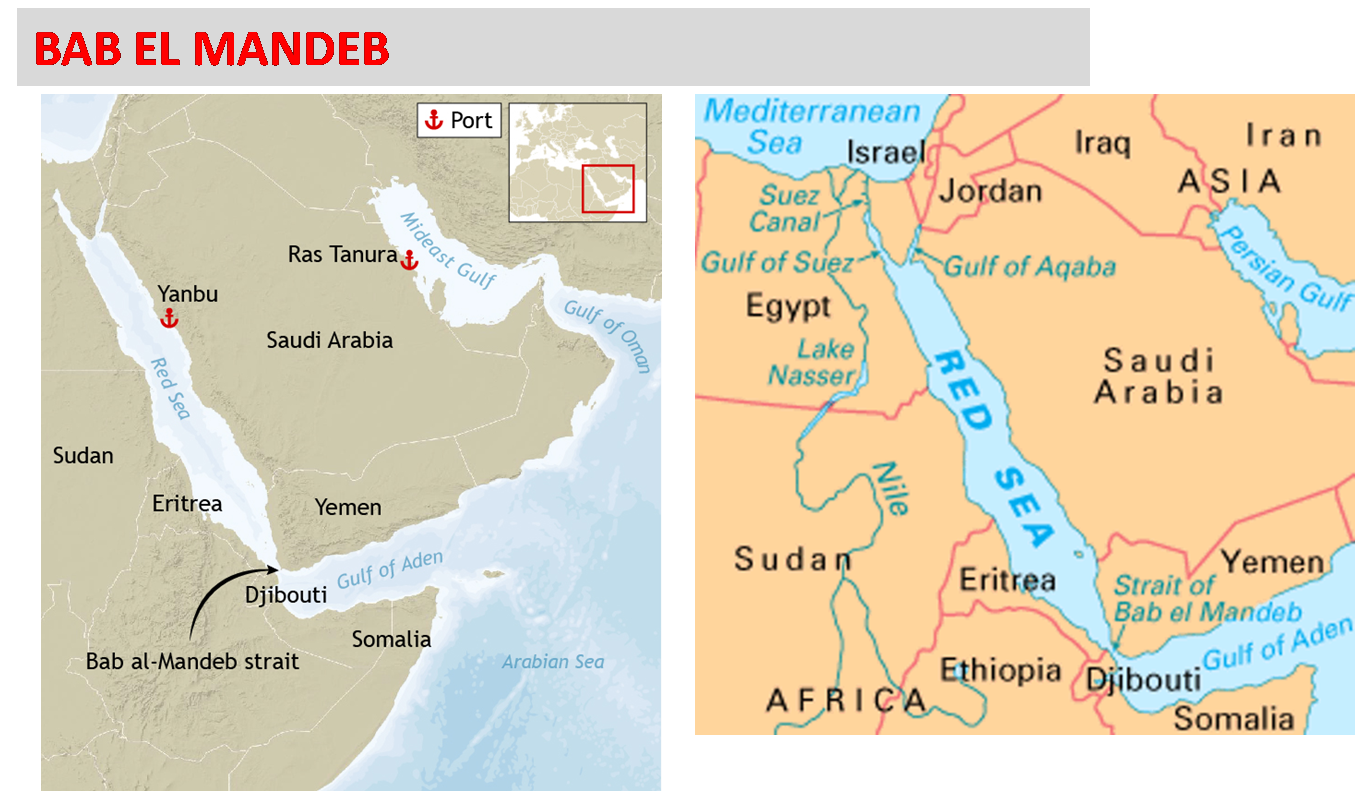Free Courses Sale ends Soon, Get It Now


Free Courses Sale ends Soon, Get It Now



Disclaimer: Copyright infringement not intended.
Context
About Bab al-Mandab Strait
The following are the most important facts regarding the Red Sea:
What are straits?
How do straits form?
What is the significance of straits?
Distinctions between the Gulf and the Strait
Gulf
Strait
Conclusion
|
PRACTICE QUESTION Match List-I with List-II and select the correct answer using the code given below the Lists:
Code: A) A-4 B-2 C-3 D-1 B) A-1 B-3 C-2 D-4 C) A-1 B-2 C-3 D-4 D) A-4 B-3 C-2 D-1 Answer: D |
© 2024 iasgyan. All right reserved